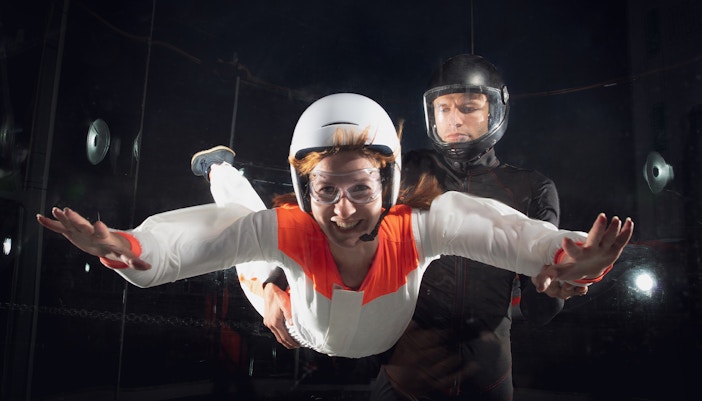The Essential Skydiving Information Guide
Everything to Know Before You Go Skydiving
Your Ultimate Skydiving Guide

First Time Skydiving
There’s a lot to know before you go skydiving for the first time; skydiving safety rules and guidelines, what to wear, eat and drink before your skydive, and more.
Read More
Tandem Skydiving
If you’re worried about jumping out of an airplane solo, opt for tandem skydiving! Let your tandem skydive instructor take charge, while you simply enjoy the view.
Read More
Safety
We address the elephant in the room: is skydiving safe? What is the fatality rate compared to other extreme sports? Will your parachute open in time?
Read More
Best Places to Skydive
The world is your skydiving oyster! Get surreal views as you go skydiving in Australia or Switzerland, over the Fiji Islands or surreal waterfalls in Africa. We bring to you the best places to skydive.
Read More
Indoor Skydiving
An alternate, if you would prefer not to jump out of an airplane, is to try indoor skydiving. You'll be suspended mid-air in a vertical tunnel that pushes air upwards, giving you the sensation of a freefall.
Read More
Skydiving Facts
Ever wondered who was the first person to skydive? Or what the world record for maximum skydiving height is? Or even who takes those amazing videos! Our factsheet answers all your questions.
Read More